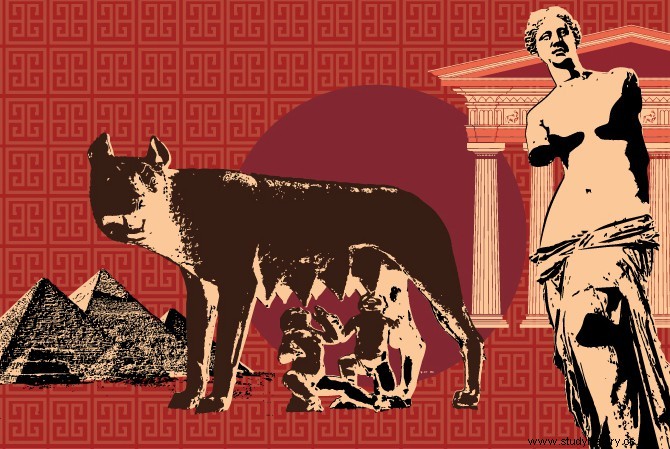
Having become sole emperor, Theodosius promulgated the Edict of Thessalonica on February 28, 380 to force his people to embrace the “Catholic” faith followed by the bishops of Rome and Alexandria. His choice is religious as much as political, because he received Catholic baptism in the same year 380.
Until then, the synods had been powerless to apply the Nicene canons and to put an end to Christological differences. However, the goal was not to exercise imperial authority over religious affairs. As soon as he entered Constantinople in 381, Theodosius convened the second ecumenical council there, which resulted in a more complete definition of the Catholic faith (the symbol of Nicaea-Constantinople) by introducing a theology of the Holy Spirit. He perpetuated a conception of the Church as unity in diversity by affirming the autonomy of each episcopal see, while recognizing the preeminence of Constantinople, the imperial capital, just after that of Rome.
Heretics were outlawed after Theodosius had confirmed the conciliar canons, which had become civil law, by the edict of Constantinople of July 30, 381. This did not formally imply the prohibition of pagan cults, nor the legal end of the religious freedom, but this gradually resulted from ad hoc edicts of prohibition until the closing of temples, philosophical schools and athletic festivals in 392.
